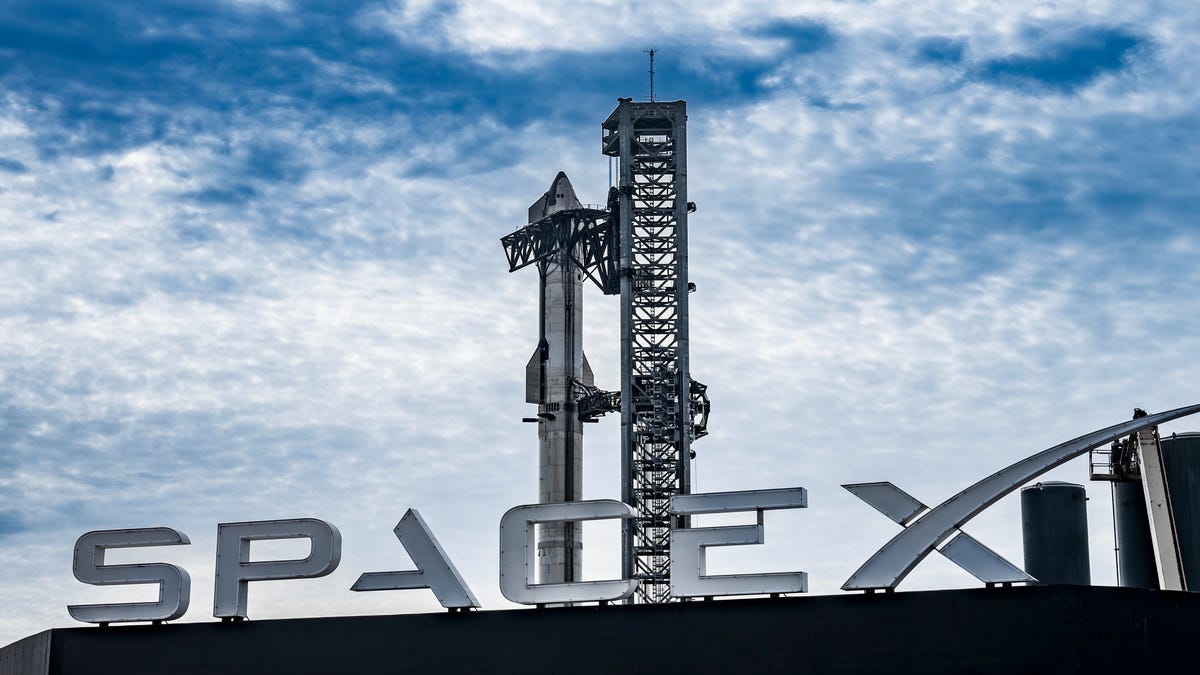
The time has come for Starship to embark on its third test flight, during which the megarocket will once again be pushed to its limits and demonstrate advances made since the previous flight last November.
The 400-foot-tall (122-meter) megarocket is scheduled to blast off from SpaceX’s Starbase facility in Boca Chica, Texas, at roughly 8:00 a.m. ET on Thursday, March 14, with a 110-minute launch window available. The company’s livestream will be made available on X and its website, with the broadcast starting at 7:30 a.m. ET. Of course, this is contingent on favorable weather conditions.
Elon Musk’s SpaceX isn’t your only viewing option; a number of third party providers have set up cameras to capture Integrated Flight Test 3 (IFT-3) in real time and with commentary, some of which we’ve added below.
SpaceX is aiming to achieve some fairly substantial milestones during this third flight, but complete success doesn’t seem likely. The first two flights, performed on April 20 and November 18 of last year, weren’t completed as planned, with the rocket exploding each time above the Gulf of Mexico. That said, SpaceX, by pushing its rocket to new limits, seeks to learn and make improvements, even if the missions end with big bada booms. The recently concluded FAA investigation, following the second test, resulted in 17 corrective actions that Space needed to complete to earn its latest launch license, which the Federal Aviation Administration issued late Wednesday afternoon.
Related article: SpaceX Will Push Starship to New Extremes During Third Test Flight
SpaceX outlined several goals for the third test flight, including the successful launch and burn of the Super Heavy booster (equipped with 33 Raptor engines) and Starship upper stage, the opening and closing of Starship’s payload door (my Spidey sense tells me an actual mission looms closer), the first-ever re-light of a Raptor in space, and the controlled reentry of Starship. In addition, SpaceX plans to perform a complex propellant transfer demo, which it’s doing under a NASA contract.
SpaceX had previously targeted the Pacific Ocean for the Starship splashdown, but that’s changed for ITF-3, with the upper stage now targeting the Indian Ocean. Fingers crossed it’ll get that far. The entire mission, if successful, should last for less than 10 minutes.
Whether it’s success or failure, SpaceX always puts on a good show. Starship, exerting roughly 16 million pounds of thrust at liftoff, is the world’s most powerful rocket and holds the potential to reshape the aerospace industry thanks to its size and reusability.
Want to know more about Elon Musk’s space venture? Check out our full coverage of SpaceX’s Starship megarocket and the SpaceX Starlink internet satellite megaconstellation. And for more spaceflight in your life, follow us on X and bookmark Gizmodo’s dedicated Spaceflight page.





